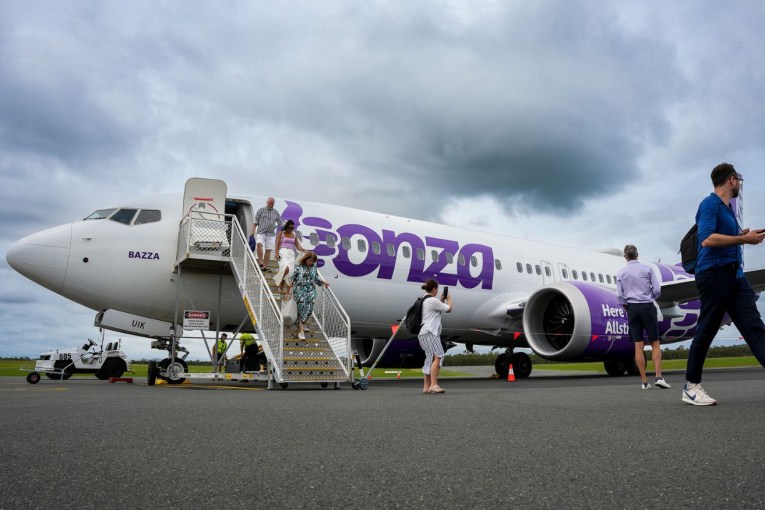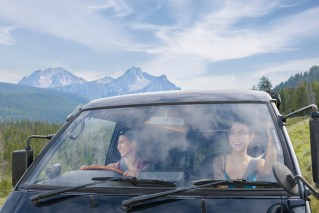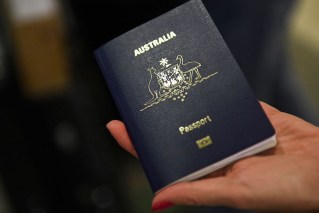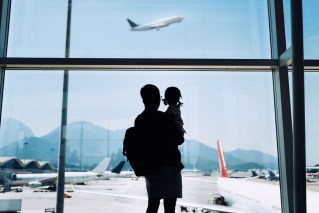Seven tips to help you make the most of your first African safari

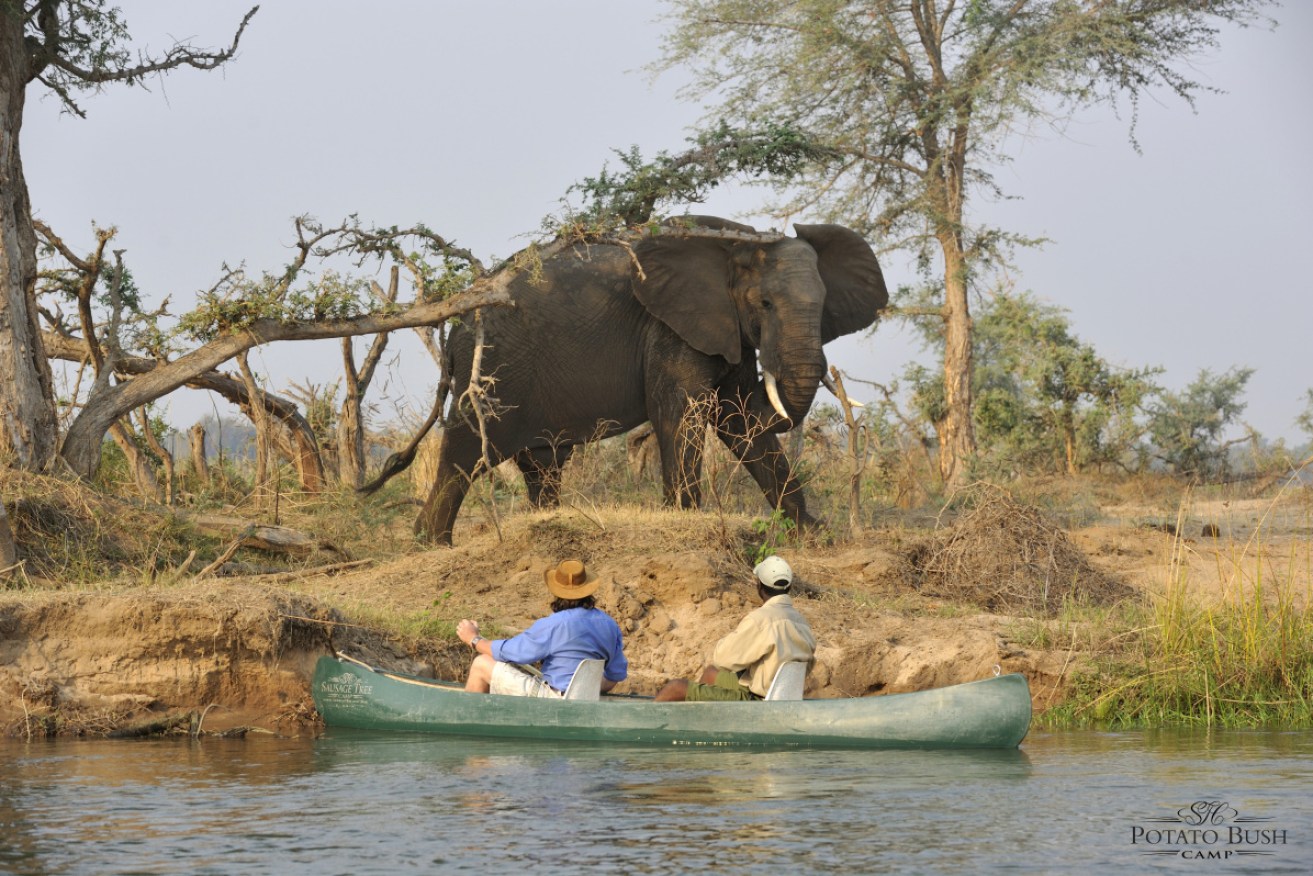
Up close with one of the Africa's "big five". Photo: Potato Bush Camp
Lukewarm reviews aside, Disney’s latest version of The Lion King is sure to send more people packing for Africa.
Before heading to Zambia for my first safari earlier this year, I had so many questions. Here are some pointers to ensure an unforgettable experience for all the right reasons.
1. Use a safari planner
Do not try to piece together travelling around Africa on your own, even if you’re visiting only one country.
Use a specialist travel arranger such as The Classic Safari Company. The “travel designers” at this long-standing Australian company know how to get you the best deals for safari accommodation and will tailor your trip to your personal passions.
We loved the attention to detail and that they loaded our whole itinerary into Vamoos, an app packed full of local information, accommodation details, and all of our flights and transfers. (It was also sent to us on paper, with copies to leave with family at home.)
The app had a countdown ahead of our take-off and also worked perfectly offline – I was forever opening it Zambia to check the tipping guide.
You will never feel pressured to tip in Africa, but take a minute to think about how much your trip has cost you and the material wealth gulf between you and most of the staff you encounter. If you prefer not to tip, consider donating to a local school or conservation project.
2. Wear neutral colours
You might think no one really wears the safari clobber other than the Irwin family, but in Africa, they most certainly do.
Ditch the inner-city black nor poppy seasonal brights from your safari wardrobe (pack one such outfit for night-time if it brings you comfort).
Most safari vehicles are open and the trick is to blend in with your surrounds, so think khaki, brown, beige.
Walking safaris are especially strict – elephants like to follow white, guides at Sausage Tree Camp in the Lower Zambezi told me. If you’re going through areas where there are tsetse flies, a black T-shirt is screaming out “come home to mumma” to those savage biters (who can carry sleeping sickness). And for the love of Nala, leave the stilettos at home.

Blend in with the background, and you’ll be amazed at what you will see. Photo: The Bushcamp Company
3. Obey the safety briefings
This sounds bleedingly obvious, but a quick Google of safari horror stories will bring up a bunch of videos of tourists who got on the wrong side of elephants and lions. Why? Because they thought the instructions didn’t apply to them and that Instagram likes are more important than the welfare of them, their guide, their fellow safari-goers and the animals.
Lions and leopards don’t “see” you in a vehicle, as long as you don’t stand up and move around. Elephant mothers with babies are particularly protective, and on walking safaris, pay extra close attention to every instruction from your guide.
At Mfuwe Lodge in Zambia’s South Luangwa National Park, elephants actually come through reception in November, headed for the mango tree inside. That chain that management has installed? It’s to keep you away from the elephants, not vice versa (think about it).
If you want your circle of life and those around you to continue, listen up, step back and sit down when you’re told.

Room service? Just another guest at Mfuwe Lodge.
4. How big is your lens?
Unless you’re shooting for National Geographic, I have to ask: do you really need that bazooka of a lens? Cameras with long lenses are cumbersome and often by the time you’ve set up your shot, the moment has past.
If photography is your passion, go right ahead, but my “point and shoot” has a great zoom and I find videoing moving animals and birds lets me grab a frame later. (Make sure you have a generous memory card if you’re going to take that videoing tip!)
Whatever the size of your camera, and even if it’s just your phone, don’t spend your trip looking at the wildlife on that little tiny screen – you might as well splash your safari budget on a surround-sound home entertainment system and a bunch of David Attenborough DVDs.
5. Look beyond the Big Five
Lions, elephants, leopards, Cape buffalo and rhinos are Africa’s big five “game animals” – both terms were coined by hunters, so that already puts it on the nose to me.
It’s thrilling to see those animals in the wild, but don’t be obsessed about it – marvel at everything around you. As guide James Duncan-Anderson at Potato Bush Camp in the Lower Zambezi National Park quips: “Everyone wants to see lions, then they get here and find they sleep most of the time and they ask, ‘Are they ever going to move?’.”
Potato Bush’s head guide Charles Tembo told us about the “green five” – plants with big five animal names, such as the leopard orchid – and the “little five” – tiny animals and insects with big five animal names, such as the elephant shrew.
For those who love ticking lists, there are so many animals and birds – and lots you may well never have heard of.

Contemplate the sights that await from luxury at The Bushcamp Company’s Chindeni camp
6. Going through Johannesburg with your under-18?
If you are travelling with kids under 18 and exiting immigration, even for an overnight in South Africa, pay attention to the strict rules around documents needed for minors.
It’s the kind of thing you could brush off as unlikely to be enforced, but when I arrived with my 17-year-old – my husband and other daughter were back home – the immigration official flicked through our passports unsmiling and asked: “Where’s her birth certificate?”
Phew: I had it, copied and notarised at the local library by a JP, along with the South African government’s form signed by my husband affirming she was not being kidnapped. Even if we’d all been together, the rules are that you must travel with a copy of the kids’ unabridged birth certificates, identifying yourself as the parents. More details at SmartTraveller.gov.au and the South African Department of Home Affairs.
7. Amarula is Africa’s answer to Bailey’s – only better
I’m not much of a liqueur drinker, but when a fellow guest at a safari lodge urged me to try Amarula, I was hooked.
The South African-made drop is a blend of fermented fruit from the marula tree, sugar and cream and it’s the bomb over ice. Elephants also love to eat the fruit, and the label sports a most handsome ellie.
The Amarula Trust supports conservation efforts to protect the 400,000 African elephants remaining in the wild: one is lost every 15 minutes to poachers targeting their ivory.
When you pick up a bottle on your way home – about $17 for a litre duty free in South Africa – you’re helping to save my favourite African animal. (You can also buy it in Australia, though I wish I hadn’t discovered that!)
Jane Nicholls travelled to Zambia as a guest of The Classic Safari Company
